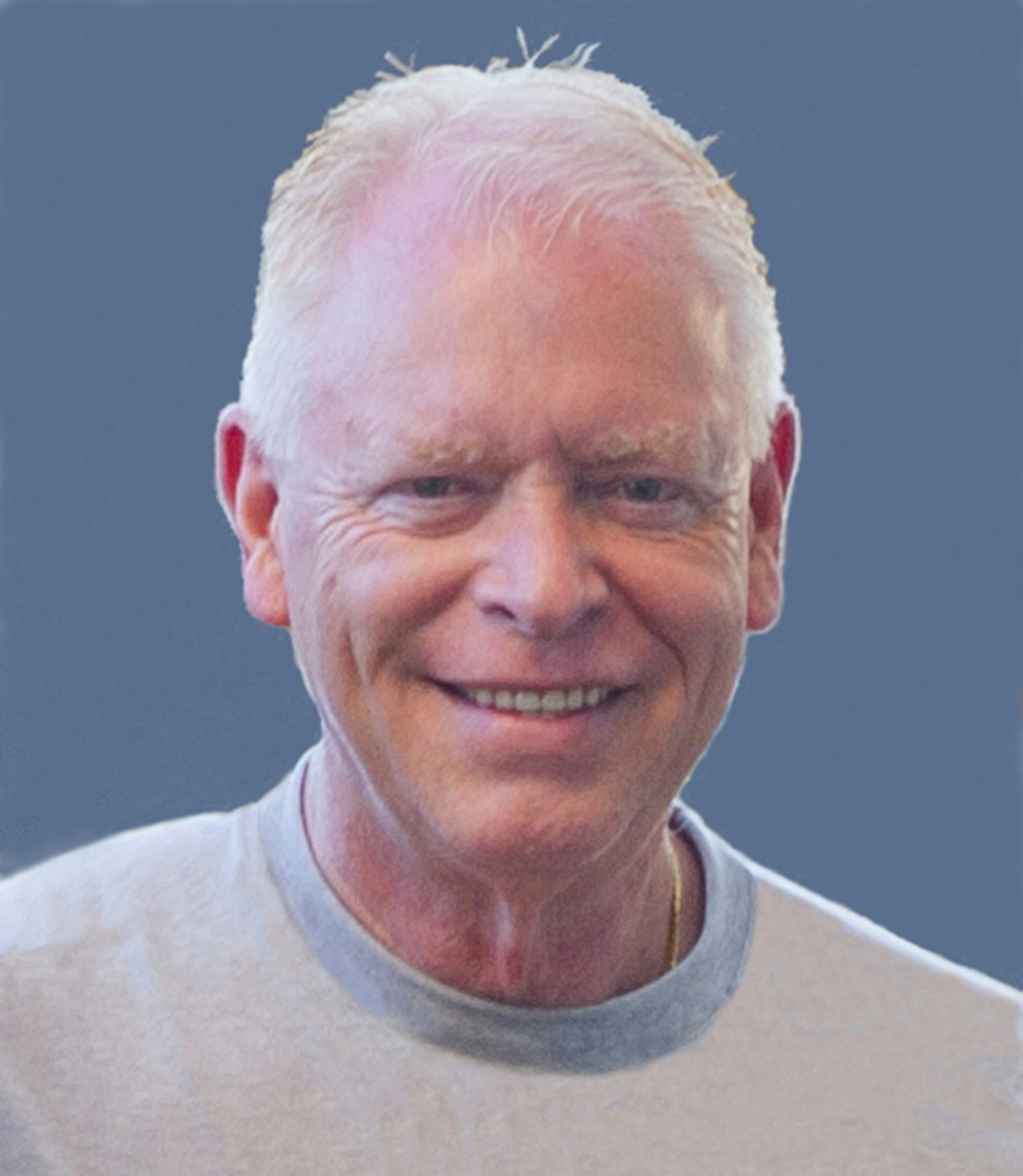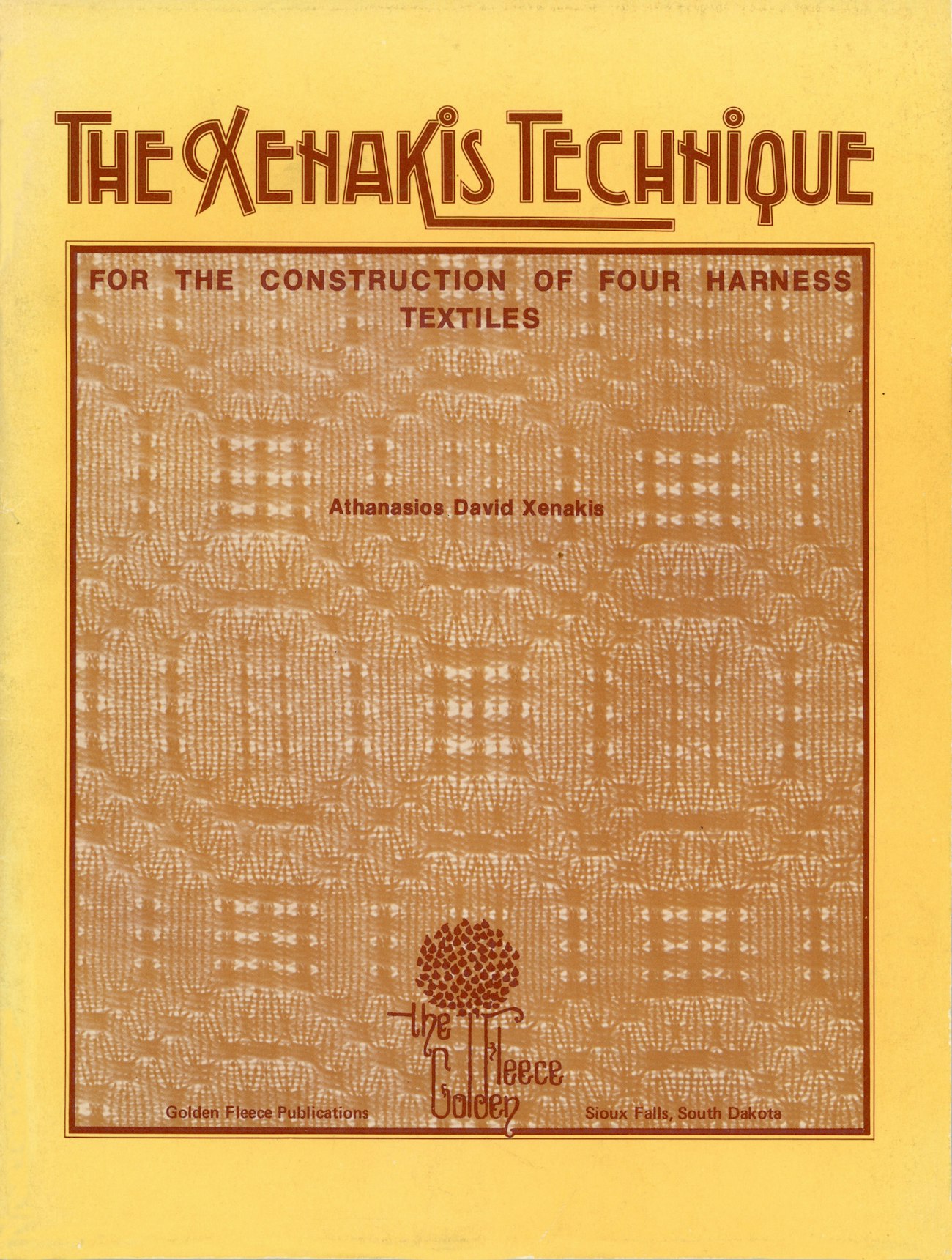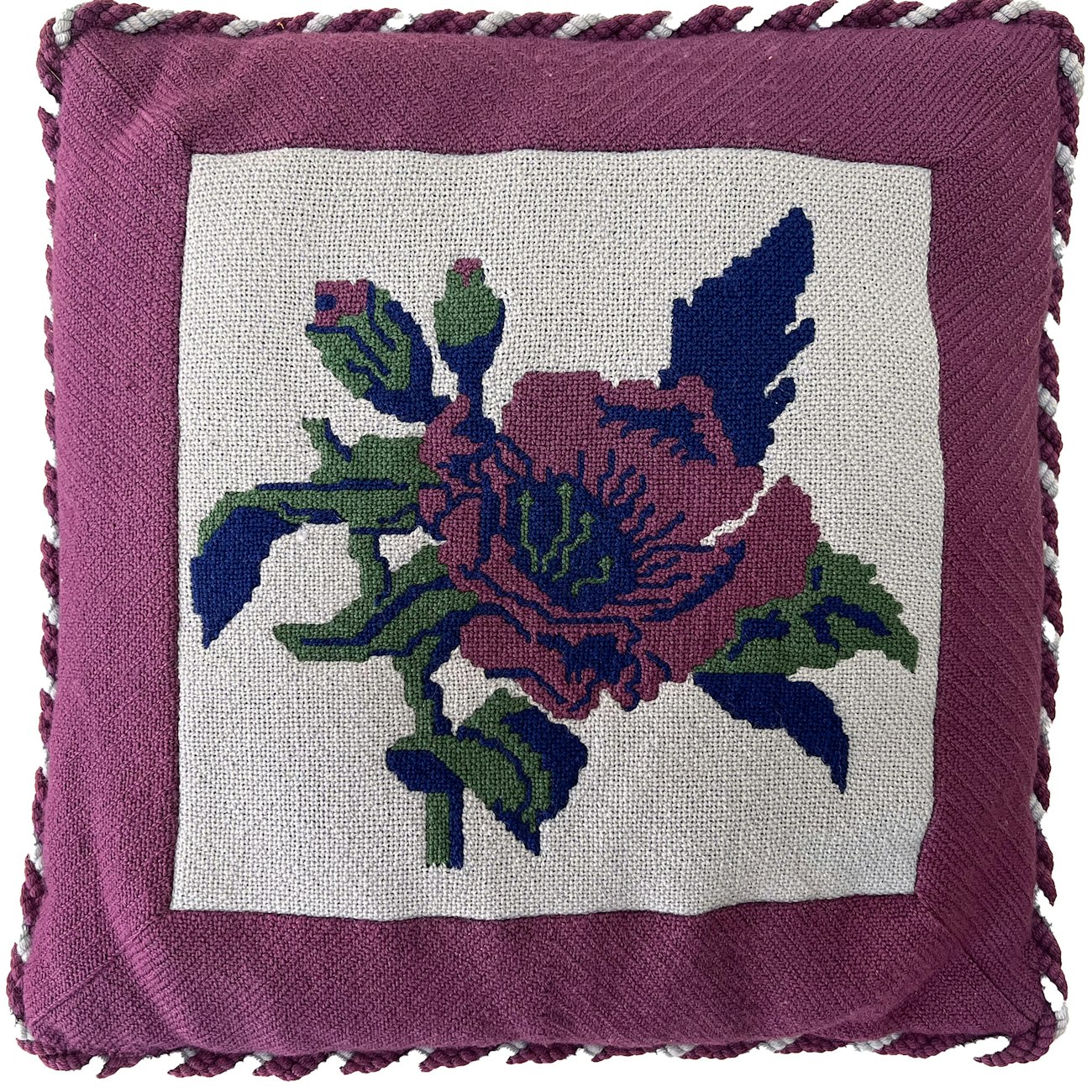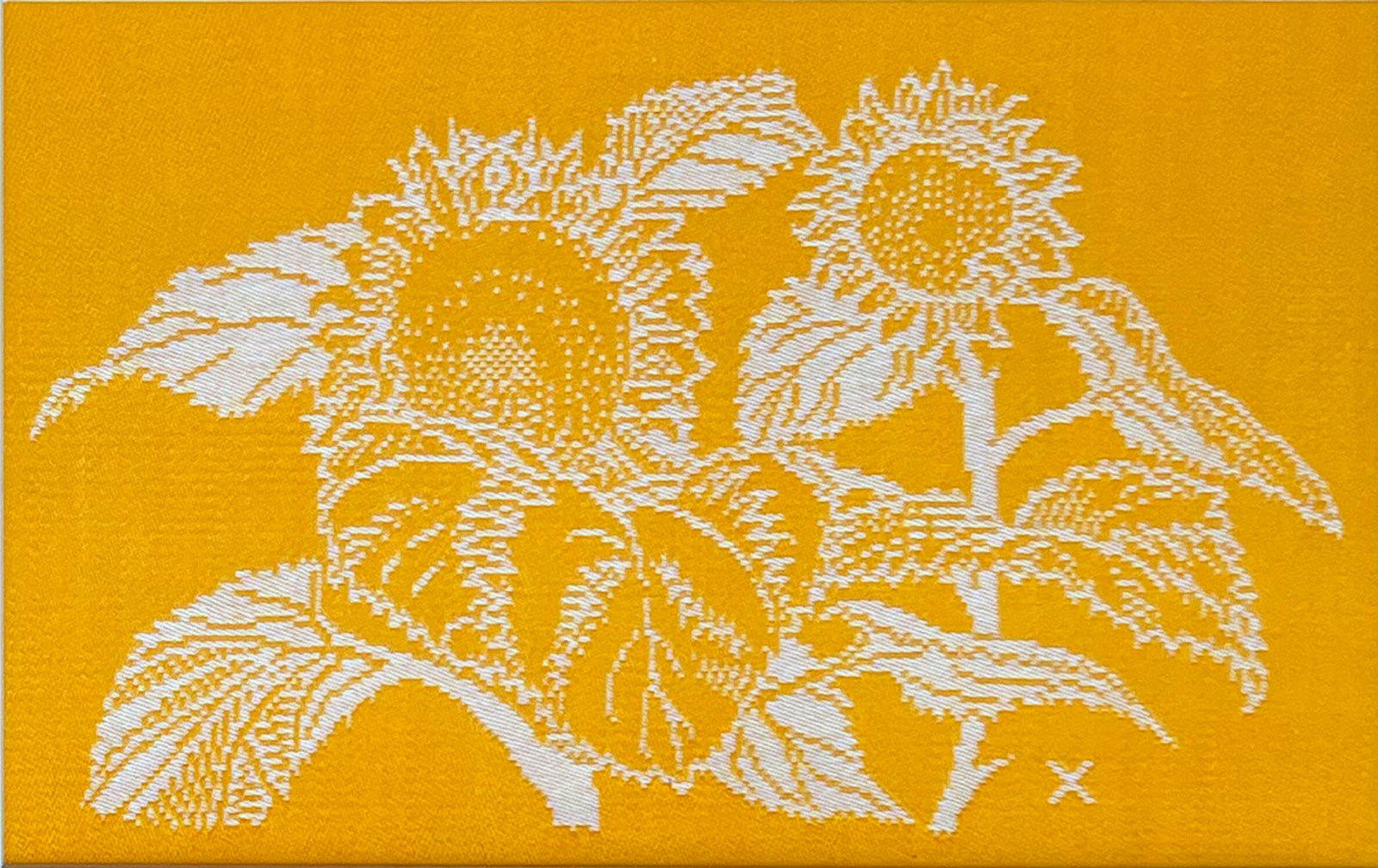This September, the weaving world lost a master weaver, teacher, mentor, innovator, artist...there are not enough adjectives to describe David Xenakis’s contribution to our world.
 Athanasios David Xenakis (February 26, 1946 – September 24, 2023)
Athanasios David Xenakis (February 26, 1946 – September 24, 2023)
In 1977, David started giving classes on the rigid-heddle loom at The Golden Fleece, a full-service yarn store in Sioux Falls, South Dakota. One day, he had a daydream about what he might be able to do if he used three heddles simultaneously, and thus began his development of a system for weaving 4-shaft structures on the rigid-hedde loom that led to the publication of The Xenakis Technique in 1978 (by Golden Fleece Publications, a publishing partnership he formed with Alexis Xenakis and Elaine Rowley). The book includes instructions for weaving twill, Bedford cord, monk’s belt, overshot, spot Bronson, crackle, overshot, summer and winter, Swedish lace, and more on the rigid-heddle loom.

In 1981, his continued explorations resulted in the first issue of the magazine Prairie Wool Companion (also published by Golden Fleece), presenting project directions for weaving intricate patterns in block weaves with one, two, or three rigid heddles—some with unbelievably easy pick-up techniques. The magazine was also dedicated to including instructions for the same projects and others using shaft looms (often showing how much easier it is to get multi-block patterns on the rigid-heddle loom).
David wasn’t afraid of doing something difficult on shaft looms, however. The pillow below is woven in finnweave pick-up with four layers of plain weave (white, green, blue, purple) on eight shafts. Complete instructions appear in the 1983 Issue 4 of Prairie Wool Companion. David called it the Snark—it was hard to weave: You had to place each layer in every pick: if purple needed to be on top in a certain design row but was on the bottom previously, it had to be brought up one layer/one pick-up at a time. I decided never to try it.
 "Snark" pillow in finnweave by David Xenakis
"Snark" pillow in finnweave by David Xenakis
I met David in 1984 at HGA’s Convergence in Dallas and was immediately blown away by his understanding of weave structures and his willingness to help other weavers understand them. I have never learned so much from another human being. Editing a magazine can take over one’s life, and by Issue 12 of Prairie Wool Companion, David was ready to pass the baton. In 1986, I became editor of PWC Issue 13 (which became Weaver’s magazine in 1987). Meanwhile, David contributed articles and projects to PWC and to Weaver’s while at the same time co-authoring several books on using Adobe Photoshop. He was also a classical pianist (and composer) of incredible skill (serving on the board of the South Dakota Symphony Orchestra and as host for the classical NPR radio station in South Dakota).
While doing all of that, David continued to develop as a weaver. He purchased a single-unit drawloom in the early 1990s. He was an artist as well as a technician—he designed and wove the sunflowers in the top photo and sent me the graph paper on which he had created the design (150 squares wide and almost twice as long). Suzie Liles and I created pattern lashes for David’s sunflowers on the single-unit drawloom that I have at the Weavers’ School, and for almost thirty years, students here have been weaving them.
I love to think that weavers are a family. We cherish those who have come before us and feel like we know them: Mary Meigs Atwater, Harriet Tidball, Marguerite Davison, Peter Collingwood, and so many others. We keep them alive in our hearts by using what we’ve learned from them. David Xenakis will be greatly missed, but we will continue to remember him and marvel at (and use) what he gave us. I will miss him every day—he changed my life. Along with a love of opera, he gave me a love for the complexity of weaving and for finding the words to explain it.
~Madelyn van der Hoogt

